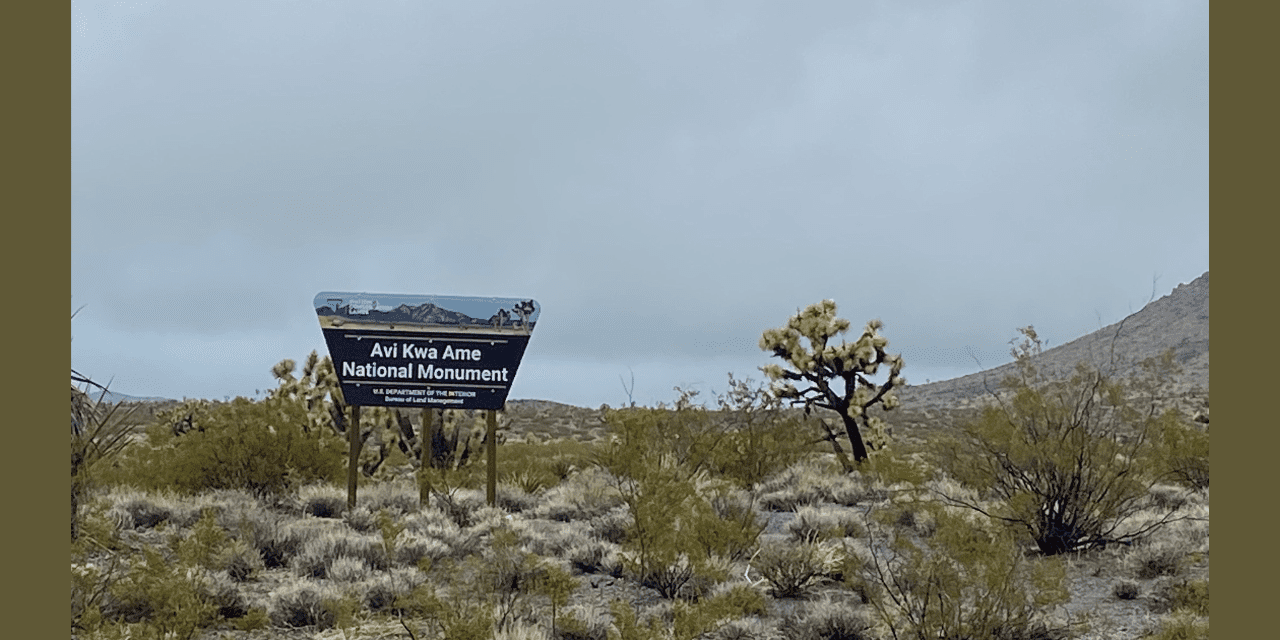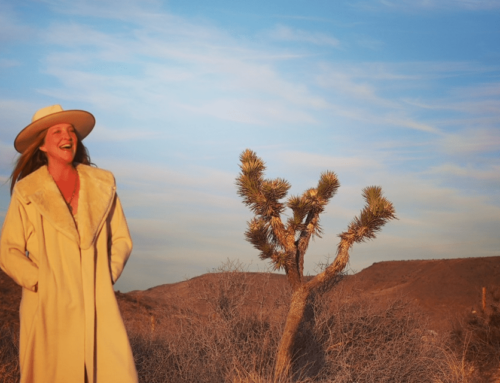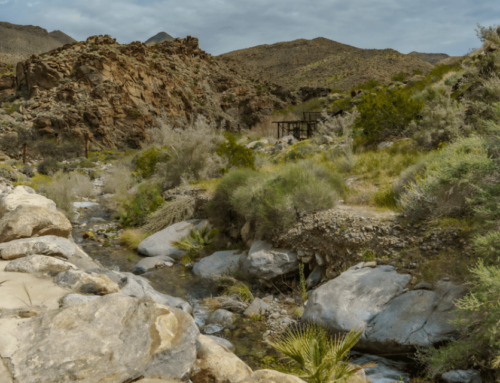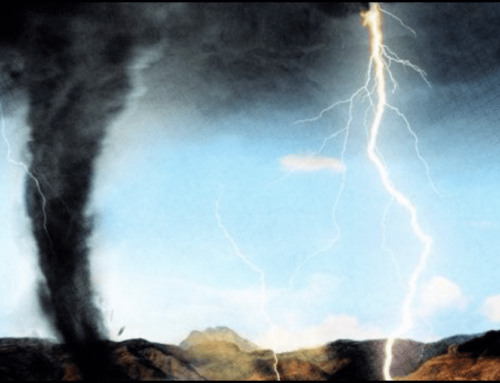
A Heart Walk Through the Ancient Ones
By Chris Clarke

Author Chris Clarke is a journalist, writer, activist, and co-host on the new podcast, “Ninety Miles from Needles.” Clarke has been interpreting the desert for more than 30 years. He is joined by co-host, Alicia Pike, a talented co-conspirator, and by the community of activists and others working to keep the desert whole.
Fifteen years ago, I sat bathed in moonlight on the fringes of a desert wilderness, enjoying a hundred-mile view. Eastward I saw towering thunderheads, illuminated from within by frequent and gigantic lightning flashes as they released their catastrophic rains upon the Grand Canyon. The storm was far enough away that I heard no thunder: just the calls of nearby coyotes and owls. When I awoke the air was clear, and the surrounding mountains — where one could see them through the thick Joshua tree forest — seemed close enough almost to touch.
Southern Nevada’s Wee Thump Joshua Tree Wilderness does offer great views. At just 6,050 acres, the long views are outside the wilderness’ boundaries. Wee Thump isn’t a classic rock and ice wilderness in the style of Ansel Adams. But it is stunningly beautiful, a rare piece of relatively intact Mojave biome in a surprisingly accessible location. And as of March 2023, the wilderness is surrounded by the new 500,000-acre Avi Kwa Ame National Monument.
Designated as wilderness in 2002, Wee Thump — the name means “The Ancient Ones” in the local Paiute language, a reference to the land’s Joshua trees — is a gently sloping alluvial fan in a roughly triangular valley between the McCullough and Highland ranges and the north shoulder of the New York Mountains, just west of Searchlight, NV. Though the wilderness contains only one designated trail, an old miner’s wagon track that stays frustratingly close to route 164, the constantly changing washes offer abundant opportunities for hiking into the heart of the wilderness. Author Chris Clarke is a journalist, writer, activist, and co-host on the new podcast, “Ninety Miles from Needles.” Clarke has been interpreting the desert for more than 30 years. He is joined by co-host, Alicia Pike, a talented co-conspirator, and by the community of activists and others working to keep the desert whole.
And that wilderness has some heart. The Joshua trees are there in abundance, along with their cousins the Mojave and banana yuccas. The cactus family is well represented here, with red-spined barrel cacti surprisingly abundant, along with a healthy diversity of chollas and a number of other common (and less common) Mojave species. Here and there throughout the wilderness the hiker can find incongruous single needle piñons, growing well away from their usual mountain haunts at elevations as low as 4,500 feet. Junipers and a wealth of broadleaved shrub species, black brush and sage in the higher parts of the wilderness and creosote downslope, fill out the desert floor. The washes hold a staggering display of annual flowers in season.
With that diverse a flora, it’s no surprise the Wee Thump fauna is also rather diverse. You can’t hike for long down a Wee Thump wash without finding evidence of desert tortoise burrows, coyote, and deer and (if you’re lucky) bighorn tracks in the sand, a ridiculous number of Audubon’s cottontails, black-tailed jackrabbits, and antelope ground squirrels, k-rats and packrats. There are at least four different lizard species here, five if my local informant’s report of banded Gila monster is to be believed. Those sinuous tracks in the wash sand may well have been made by rattlers, though there are plenty of red coachwhips here as well. And the birds dominate the landscape, or at least the aural landscape. Cactus wrens seem to call from every Joshua tree on summer days, giving the Scott’s orioles some competition. Sage and black-chinned sparrows flit from shrub to shrub. Audubon has identified Wee Thump as an Important Bird Area due to local gilded flicker denizens. And seeing golden eagles here is not at all uncommon.
Those eagles were in trouble not long after my long-ago visit. Not one but two major wind power complexes have been proposed for the lands now protected by Avi Kwa Ame national monument. Wind turbines are a significant threat to eagles and other raptors, especially in the West where wind resources are concentrated in the same narrow passes favored by large birds of prey. Over the years, local communities and river tribes came to realize that they’d have to battle one wind company’s bad ideas after another’s unless the area was granted permanent protection. After a long campaign led by tribes like the Fort Mojave and local communities, Avi Kwa Ame was designated a national monument by President Joseph Biden on March 21.
That means one more piece of the desert is protected from wind turbines and solar power plants and other industrial installations that would forever damage this beautiful landscape.
On the day Avi Kwa Ame was designated, I left my desk in 29 Palms, loaded the dog in the car and made the long trek to Wee Thump. It was too windy and rainy to record anything for the podcast, which was my intention, so Heart and I just spent some time walking through the Ancient Ones instead. She may have been the first dog to visit Avi Kwa Ame National Monument to go hiking. Who knows? Doesn’t matter. We walked in between bouts of rain, each of us celebrating this newly protected landscape in our own way.












